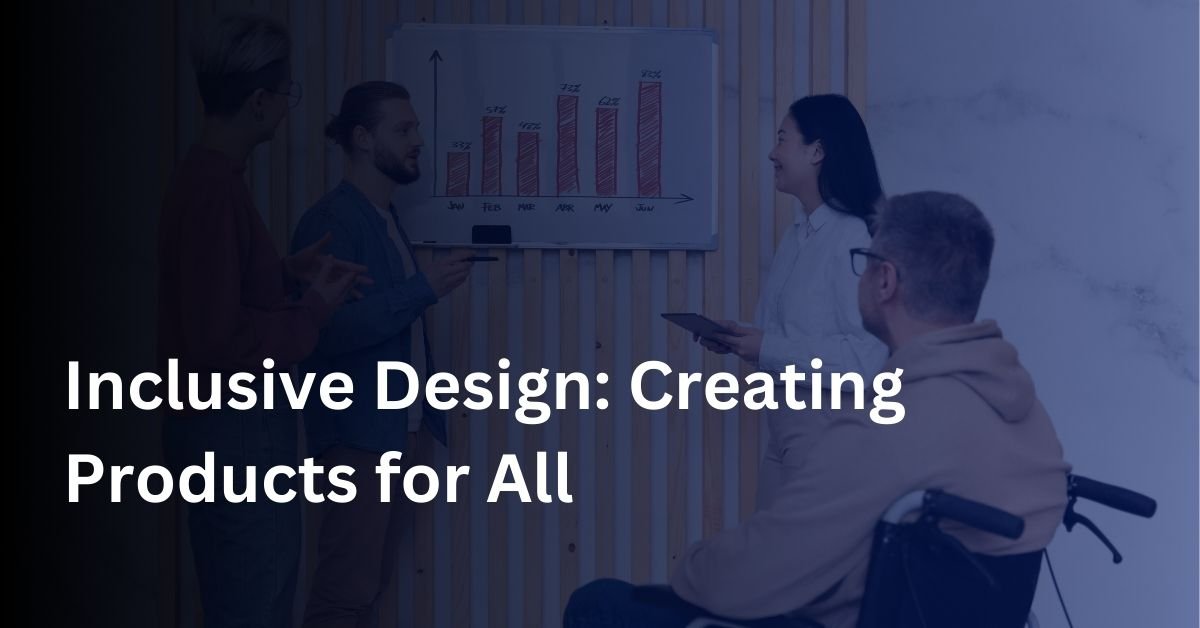Why Accessibility in Design Matters

Accessibility means making products usable by as many people as possible, including those with disabilities. According to the World Health Organization, over 1 billion people worldwide experience some form of disability. By designing with accessibility in mind, companies can improve the usability of their products and broaden their audience, leading to greater customer satisfaction and business success.
Moreover, accessible design isn’t just about disability. It also accounts for situational challenges, such as someone using their phone in bright sunlight or an older adult with limited tech proficiency. Accessibility makes digital products easier for everyone to use.
Understanding Key Accessibility Standards
The Web Content Accessibility Guidelines (WCAG) serve as the benchmark for digital accessibility standards. Following these guidelines ensures that your product is accessible to a wide range of users, regardless of their abilities. WCAG outlines four key principles, often referred to as POUR: Perceivable, Operable, Understandable, and Robust.
- Perceivable: Ensure that users can perceive the information presented, such as text alternatives for non-text content and high-contrast colors.
- Operable: Interface elements must be operable. For instance, all functionalities should be accessible via a keyboard.
- Understandable: Users must be able to comprehend the interface. This includes making text readable and content predictable.
- Robust: Content should be accessible by a wide range of devices, including assistive technologies like screen readers.
Designing for Inclusivity: Practical Steps

Creating an accessible design involves thoughtful planning and testing. Below are some actionable steps you can follow to ensure inclusivity:
- Use Clear and Simple Language: Using simple and straightforward language makes content more accessible, especially for those with cognitive disabilities or those who are non-native speakers. Avoid complex jargon and keep sentences short to make your product easier to understand.
- Optimize for Screen Readers: Screen readers are critical for users with visual impairments. Ensure all interactive elements have meaningful descriptions, and add alternative text (alt-text) to images so screen readers can describe them effectively.
- Ensure Keyboard Navigation: Some users rely entirely on keyboards to navigate. All interactive elements, such as buttons, links, and forms, must be operable via keyboard input.
- Color Contrast and Text Size: Using high-contrast colors between text and background is essential for users with visual impairments. Tools like WebAIM’s contrast checker can help ensure your design meets WCAG’s color contrast requirements.
- Provide Transcripts and Captions for Multimedia: Videos and audio content should include captions and transcripts for users with hearing impairments.
Testing for Accessibility
Designing for accessibility is only half the battle; testing is equally crucial. Utilize tools like the WAVE Web Accessibility Evaluation Tool or Axe Accessibility Checker to identify potential issues in your design. Manual testing, including trying to navigate your product using only a keyboard or a screen reader, will also help uncover accessibility gaps.
Involving users with disabilities in the testing process is one of the best ways to ensure your product is genuinely accessible. Real-world feedback will give you insights that automated testing tools might miss.
Why Inclusive Design Benefits Everyone

Inclusivity is not just a checkbox for compliance; it drives engagement and builds brand loyalty. By considering the needs of users with disabilities, you inherently create more intuitive products for everyone.
Creating accessible products also opens your business to new markets, increases customer satisfaction, and reduces the risk of legal issues. Many countries, including the United States with the Americans with Disabilities Act (ADA), have stringent accessibility requirements.
Looking Forward: The Future of Accessible Design
As the world moves further into the digital age, accessibility will continue to play a pivotal role in product development. Companies that embrace inclusivity and build accessible products will lead the charge in creating a more equitable online environment.
Conclusion
Designing accessible products is not only a matter of ethics but also a smart business strategy. Following WCAG guidelines, conducting thorough testing, and embracing inclusivity in all design aspects will help your business create products that are truly for everyone.
For further insights on accessible design, check out resources like WebAIM and W3C’s Web Accessibility Initiative, both of which offer valuable guidance and tools for building accessible digital products.



